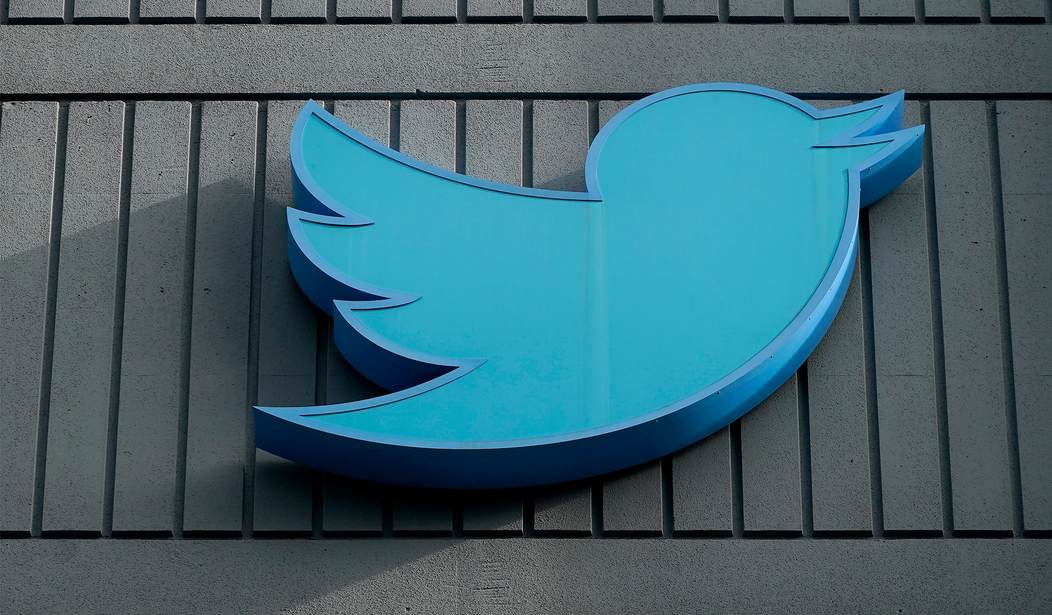Last week, Twitter temporarily suspended Senator Steve Daines (R-MT) over a profile picture featuring him and his wife posing with her Pronghorn antelope harvest. His account was later reinstated after new Twitter owner, Elon Musk, intervened on his behalf.
Daines, an avid conservative conservationist and hunter, received a notice that his profile picture violated Twitter rules on “graphic violence” grounds—even though the harvest wasn’t gory or distasteful.
The senator’s press secretary tweeted, “.@SteveDaines’ twitter account was locked last night for displaying “graphic violence” in his profile picture. Because going hunting with your wife is apparently against @Twitter rules now. What a joke.”
Following massive backlash, Elon Musk announced the platform would be reforming its graphic violence policy to not lump in legal hunting kills.
Musk tweeted, “This is being fixed. Policy against showing blood in profile pic is being amended to “clearly showing blood without clicking on the profile pic”.The intent is to avoid people being forced to see gruesome profile pics.”
Recommended
After his Twitter account was reinstated, the Montana senator issued the following statement:
“I am grateful Elon Musk reached out to me to resolve this issue and am glad that he recognizes that free speech is a bedrock of our country, and acted quickly to reinstate my Twitter account after being made aware of its suspension. The initial ban over the profile photo of my wife and me after a successful Montana antelope hunt was disappointing given the fact that it is no different than photos Montanans share on social media every day. It’s our Montana way of life and we are proud of it. I am glad Elon Musk recognizes this. The rest of the country benefits from the acceptance of diverse thoughts and values, including Montana values.”
Social Media Often Censors Lawful Hunting Pictures
I don’t know what exactly prompted Twitter to ban Senator Steve Daines’ account, but I suspect anti-hunting or animal rights groups that deploy online campaigns to ban pro-hunting content likely mass reported his account for promoting “graphic violence.” That mass reporting, in turn, would then prompt a ban.
Daines being a U.S. Senator does afford him privileges getting his account restored with more ease, but regular Americans aren’t lucky. And Daines understands that too.
In 2019, he and the rest of the Montana delegation– including Senator Jon Tester (D-MT) and then-Congressman Gianforte–pressured Google to allow Rocky Mountain Elk Foundation (RMEF) to advertise on the platform. The platform deemed an ad of theirs in violation of its animal cruelty policy.
Google’s response read like this: “…any promotions about hunting practices, even when they are intended as a healthy method of population control and/or conservation, is considered as animal cruelty and deemed inappropriate to be shown on our network. I can imagine how displeasing this could be to hear as you would like to promote this video so that you can show hunting in a positive manner, however, we are also bound by our policies and protocols and according to Google’s policies, promotions such as these cannot be allowed to run.”
The tech giant later reinstated RMEF’s online ad after intense public scrutiny.
Daines and his wife, like millions of their fellow American hunters, lawfully harvest wildlife by following the North American Model of Wildlife Conservation— a system of ethics espoused by the Pittman-Robertson Act. This law, enacted in 1937, stewards wildlife resources responsibly through the collection of excise taxes largely collected from firearms, ammunition, and licenses. Through the U.S. Fish and Wildlife Service’s (USFWS) Wildlife Restoration Program, those monies are disbursed to all 50 U.S. states according to number licenses sold and total land area.
USFWS explains, “States and territories also use these funds to support access for wildlife-related recreation, hunter education and development, and the construction and operations of target ranges.”
Annually, it’s estimated hunters and anglers pay about 75% of state wildlife agency funds through this system–making them, not radical environmentalists, the largest funders of conservation in the U.S.
Even NPR astutely noted in 2018 that declining hunter numbers would imperil conservation funding as we know it. That’s why hunters post and say the popular slogan “Hunting is Conservation.”
The senator’s “graphically violent” pronghorn antelope, for example, can be harvested in Montana during a designated time period within the state’s hunting season. Per the Montana Fish, Wildlife, and Parks (FWP), pronghorn – the fastest land animal in North America – number over one million individuals thanks to conservation funding that stems from hunters like Daines and his wife.
In wake of the COVID-19 pandemic, more Americans took to the field and water to go hunting and fishing, respectively. That led many new and lapsed hunters to showcase lawful harvests and catches tastefully–as Daines regularly does–through this medium.
Showcasing grip and grins, along with field dressing, food preparation, and final wild game dishes, is a great way to build an online community. It’s a great vehicle to share the joys of the Great Outdoors and inspire others to learn how to source organic, free-range meat. The ultimate goal with tasteful hunting posts is to show conservation in action. While there are bad actors who distort hunting on social media, most content is positive and not in violation of Terms of Service.
This Twitter kerfuffle, while bizarre, can be spun in conservationists’ favor. How? By showing how hunting promotes conservation.
Like fishing, this activity funds habitat restoration, wildlife conservation, hunters education courses, and public target shooting ranges.
Knowing this, Big Tech companies cannot blindly censor hunting content. And we must help their employees understand this and help them prevent abuses like this from happening again.

























